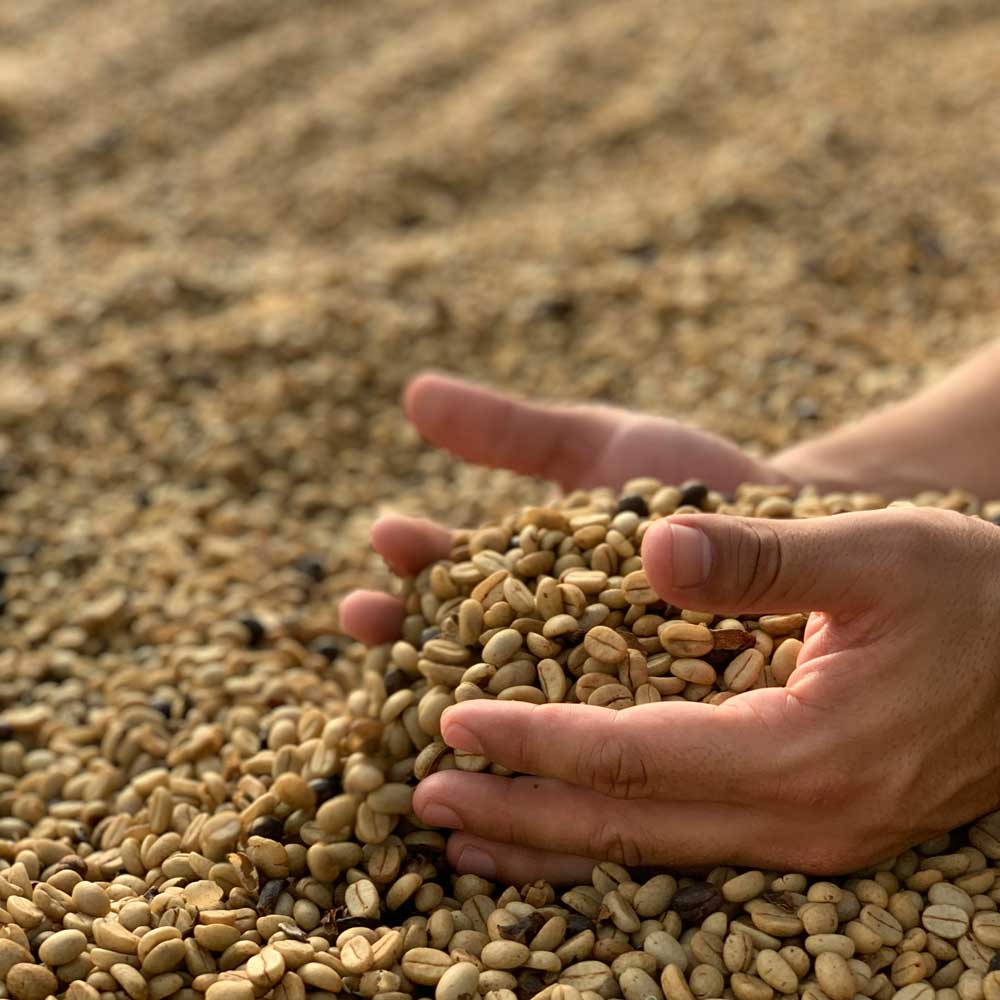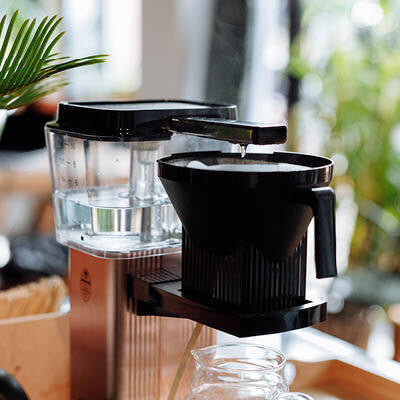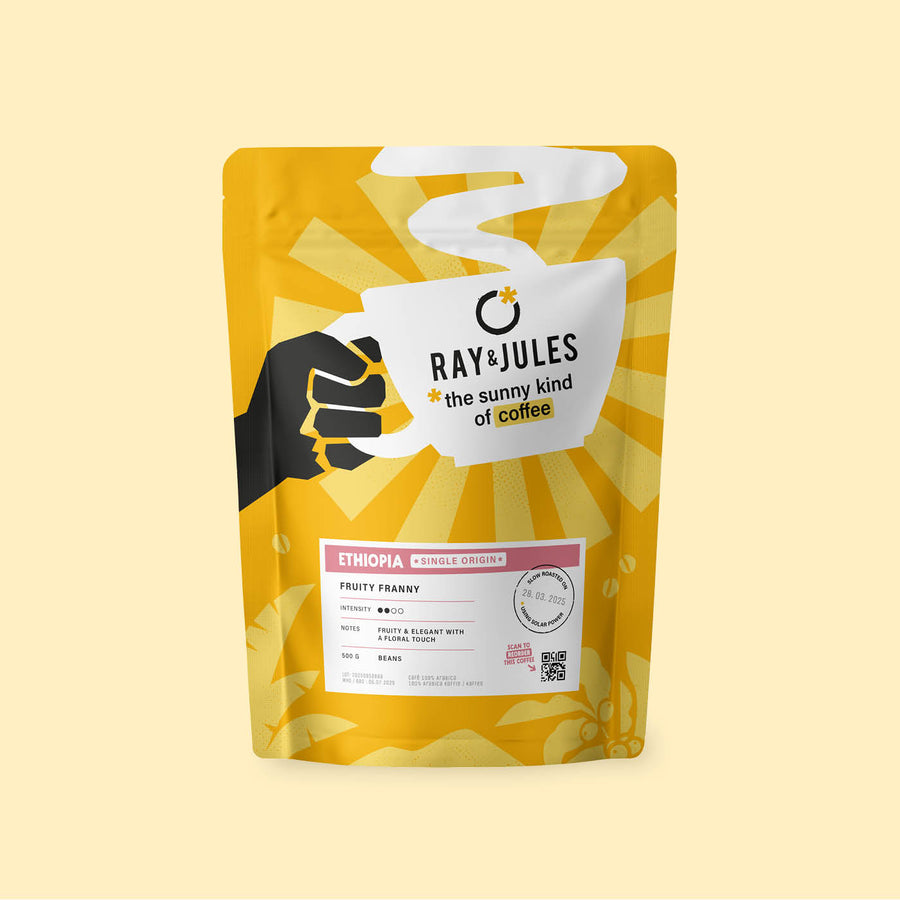More caffeine = stronger coffee? Not always
Let's bust a myth right away: the “strongest” coffee is not automatically the coffee with the most caffeine. What you experience as “strong” - think: intense flavor, bitter note - depends primarily on roast (dark vs. light) and extraction. The amount of caffeine depends on other factors.

The bean makes a difference
There are two major types of coffee beans in the world market:
- Arabica (milder, more complex, often higher priced)
- Robusta (more powerful, more bitter, cheaper and: up to 2x more caffeine!)
So a 100% arabica coffee contains significantly less caffeine than a blend with robusta. Handy to know if you're sensitive to caffeine, or just looking for an extra boost.
Dark roasted coffee tastes more potent, but often contains even slightly less caffeine than a lighter roast. Why? Because caffeine remains fairly stable when heated, but the density of the bean changes. Lighter-roasted beans are more compact, and so you get more beans (and thus more caffeine) per scoop.

Team espresso vs team filter
Not only the type of bean, but also how you brew your coffee affects the final amount of caffeine in your cup. Brewing methods differ in contact time, temperature, pressure and coffee-to-water ratio, each of which has an impact on extraction. In a nutshell, the longer the water has contact with the coffee, the more caffeine is extracted.
Espresso, for example, contains a high concentration of caffeine per milliliter, but because you only drink a small amount (30-40 ml) and it is brewed under pressure in a short time, the total dose remains limited.
Filter coffee and French press use more water and longer brewing time, extracting more caffeine from the coffee. Thus, a regular cup of filter coffee (e.g., 250 ml) can contain up to twice as much caffeine as an espresso, even though the latter often tastes more “potent".
The amount of caffeine per cup depends on how you brew your coffee
- Brewing method / Average caffeine per bag (150-250 ml)
- Espresso / 60–90 mg (small volume, high concentration)
- Filter coffee / 90–150 mg (more water, longer extraction)
- French press / 80–135 mg (full extraction, coarse grind)
- Bialetti / 110–140 mg (higher pressure, rich body)
- Cold brew / 150–250+ mg (long extraction time)
How do you dose ?
Finally, how much coffee do you use per cup? Someone who makes an espresso with a double dose of ground coffee will obviously ingest more caffeine than someone who weakly measures their filter coffee.
📌 Share this with your coffee friends who think espresso kicks hardest 😉
Or try a different brewing method yourself and feel the difference.





